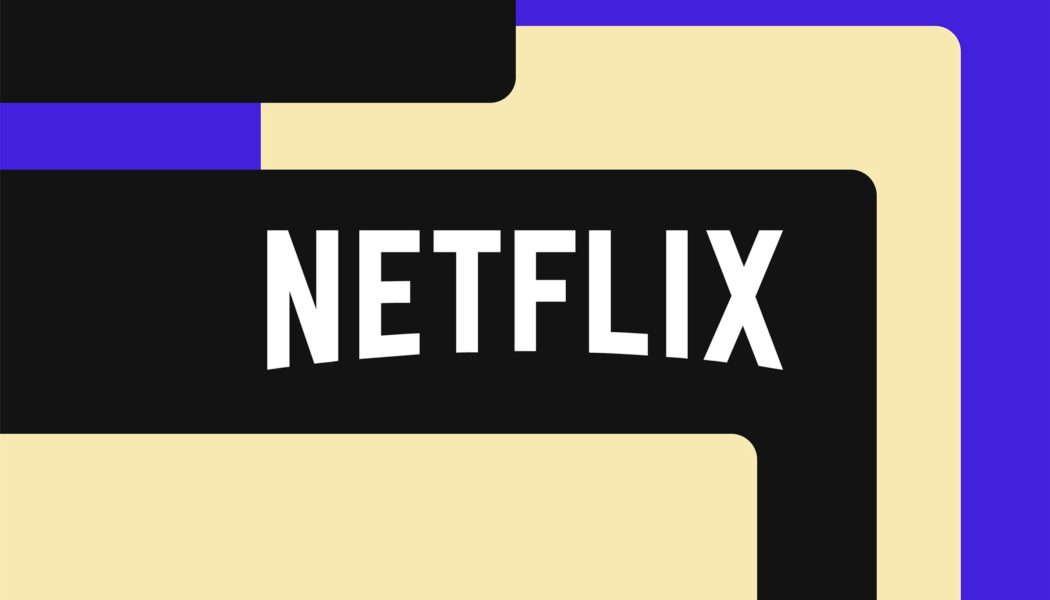The streaming giant will soon make you pay to add sub-accounts for anyone using your subscription outside of your household.
:format(webp)/cdn.vox-cdn.com/uploads/chorus_asset/file/23923973/acastro_STK072_02.jpg)
The era of Netflix password sharing will soon come to a close. Netflix has plans to enforce password-sharing rules “more broadly” toward the end of the first quarter of 2023, the company announced in its earnings report today.
“While our terms of use limit use of Netflix to a household, we recognize this is a change for members who share their account more broadly,” Netflix writes. “As we roll out paid sharing, members in many countries will also have the option to pay extra if they want to share Netflix with people they don’t live with.”
The company also announced that CEO Reed Hastings is stepping down after 25 years of running the company and will pass the baton to Ted Sarandos, who had already been serving as co-CEO, and Greg Peters, Netflix’s former chief operating officer. Hastings isn’t leaving the company completely and will instead take on the role of executive chair.
Once it launches password sharing, Netflix says it expects some “cancel reaction” in each market but that the long-term benefits of people paying for additional accounts will result in “improved overall revenue.” It doesn’t provide any information on pricing or a specific date, but “later in Q1’23” suggests it could come into force sometime in April.
The writing had been on the wall for months. In October, the streaming giant introduced the ability for users to easily transfer their profile — a way for the service to encourage users to open up their own account if they’re currently sharing it with a friend or family member. Netflix also rolled out a new tool that lets you remotely manage the devices using your account and log unwanted friends or family members out of your account.
Netflix has already been testing various ways to crack down on password sharing in South America and began prompting users in Chile, Costa Rica, and Peru to pay for an extra sub-account if the streamer detects that someone using the account lives outside their home. In May, a report from Rest of World suggested that this anti-password-sharing test wasn’t going all that well, with subscribers in Peru stating that weren’t formally notified about the policy and that levels of enforcement varied between users.
“Our job is to give them a little bit of a nudge and to create features that make transitioning to their own accounts easy and simple,” Peters said during the earnings call when answering a question on password sharing.
Separately, the service also started letting users in Argentina, El Salvador, Guatemala, Honduras, and the Dominican Republic buy additional “homes” for anyone living outside of the subscriber’s primary household. A crackdown on password sharing is just one of the methods Netflix is using to please investors as subscriber growth continues to slow. Netflix reported around 7.6 million new global subscribers in the fourth quarter of 2022. The number beats analyst expectations but still represents a slight decrease from the 8.2 million subscribers it added around the same time last year.
The company released a strong slate of content over the past few months, including Glass Onion: A Knives Out Mystery, Wednesday, and Harry & Meghan. It also rolled out a new ad-supported tier in November. Although Netflix says it’s “pleased with the early results,” it may be struggling to take off, according to data from subscription analytics firm Antenna.
The $6.99 Basic plan was Netflix’s least popular in the month of November, with only 9 percent of new Netflix subscribers in the US signing up for the plan. Around the same time, Digiday reported that Netflix returned some money to advertisers after it failed to meet viewership targets. There are some signs of improvement, however. In December, data from Antenna obtained by The Wall Street Journal indicates that 15 percent of new subscribers signed up for the plan.
“Overall the reaction to this launch from both consumers and advertisers has confirmed our belief that our ad-supported plan has strong unit economics (at minimum, in-line with or better than the comparable ad-free plan) and will generate incremental revenue and profit, though the impact on 2023 will be modest given that this will build slowly over time,” the company writes.
The new tier comes with some limitations, including no offline downloads and 720p video quality. But notably, it excludes certain pieces of content due to licensing restrictions. As my colleague Jay Peters points out, it’s hard to figure out what’s locked until you sign up for the ad-supported plan and search for the shows or movies you want to watch.
“We’re not going to be larger than Hulu in year one, but, hopefully, over the next several years, we can be at least as large,” Spencer Neumann, Netflix’s chief financial officer, said during the earnings call. “We wouldn’t get into a business like this if we didn’t believe it could be bigger than at least 10 percent of our revenue — and hopefully much more over time.
It’s starting to look like 2023 could be a less exciting year for Netflix as it continues to limit content spending to $17 billion — a cutback that’s showing in this year’s lean movie lineup.
Disclosure: The Verge recently produced a series with Netflix.
Update, 6:40PM ET: Updated to add statements from Greg Peters and Spencer Neumann.









